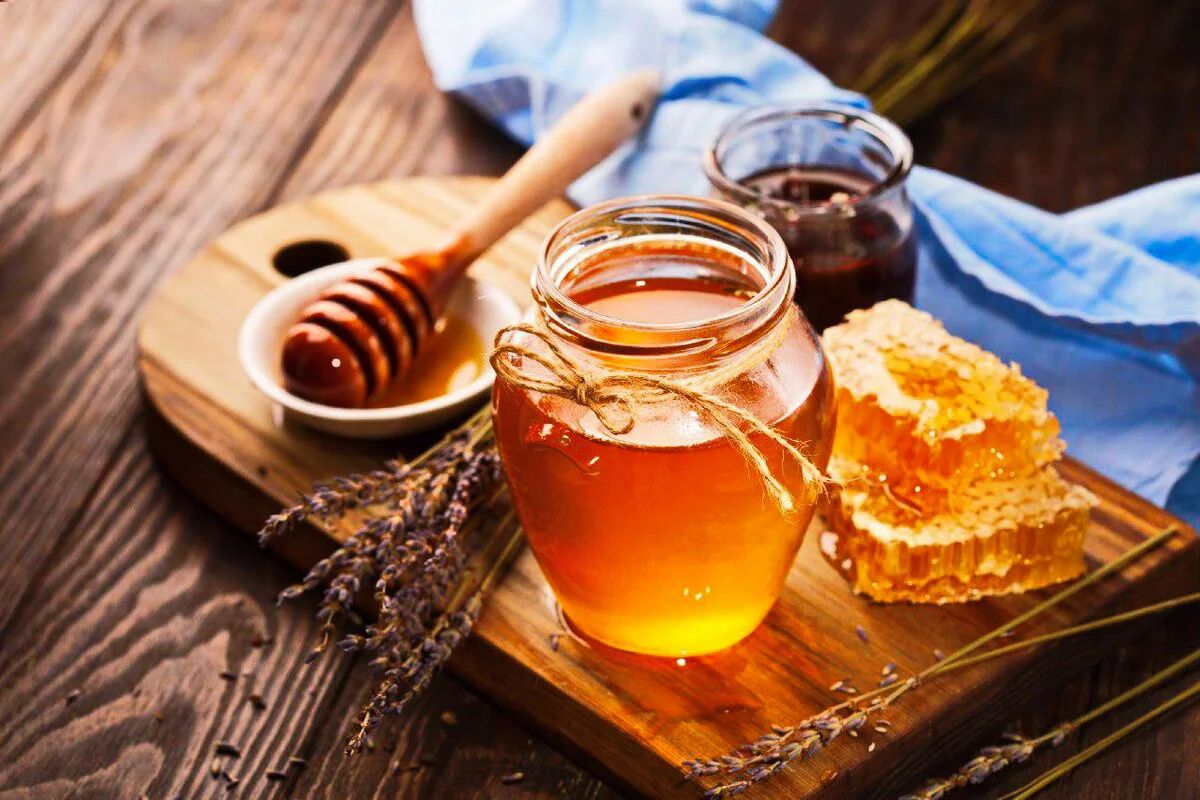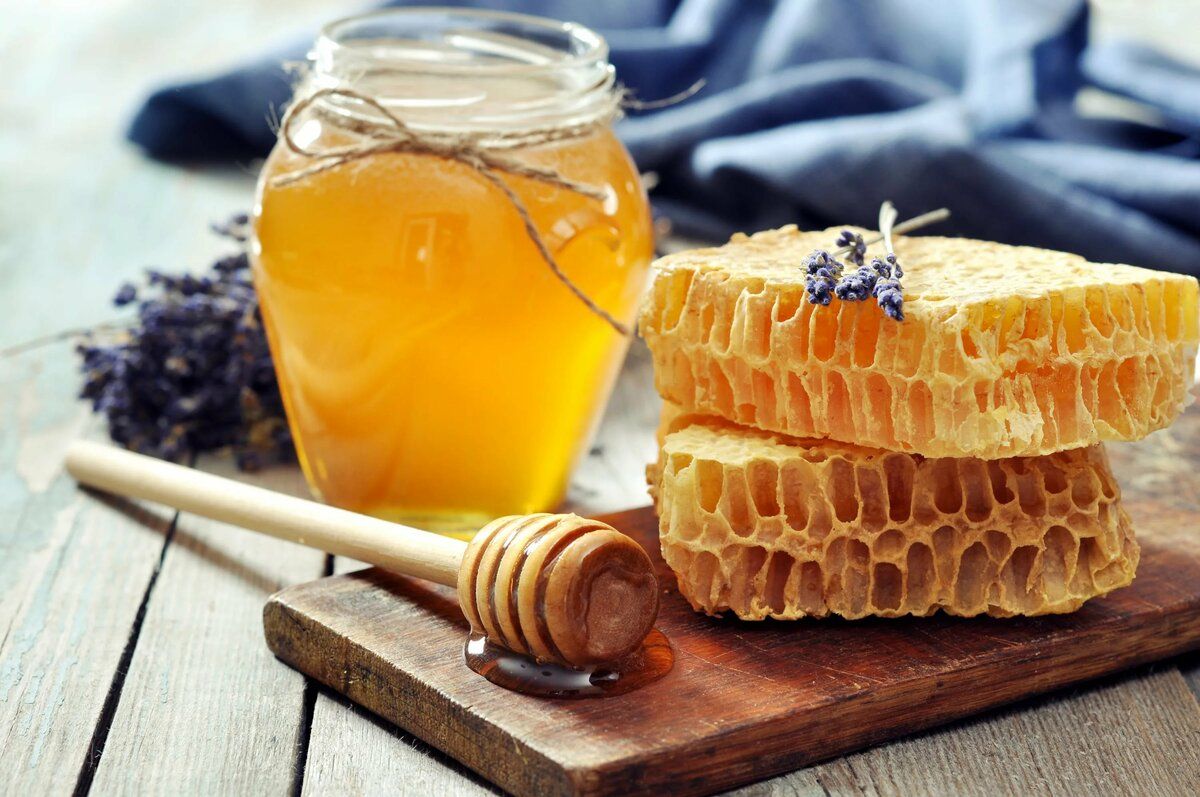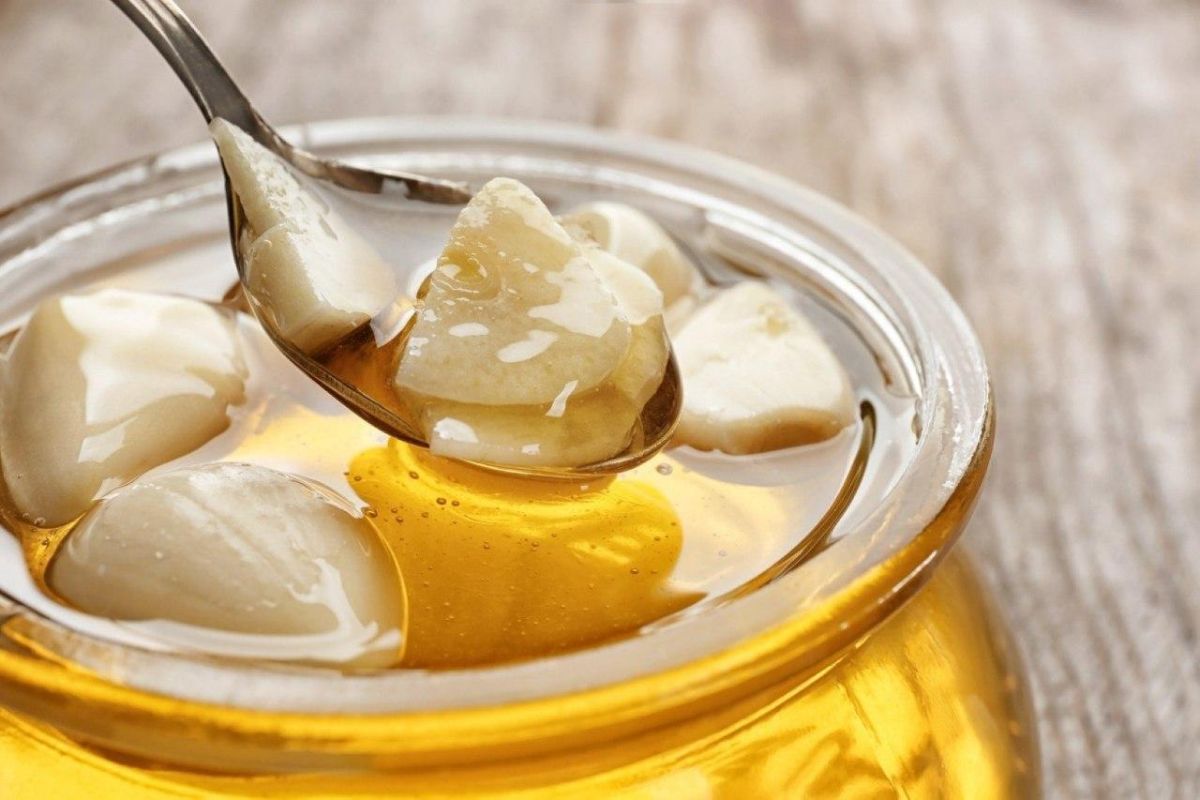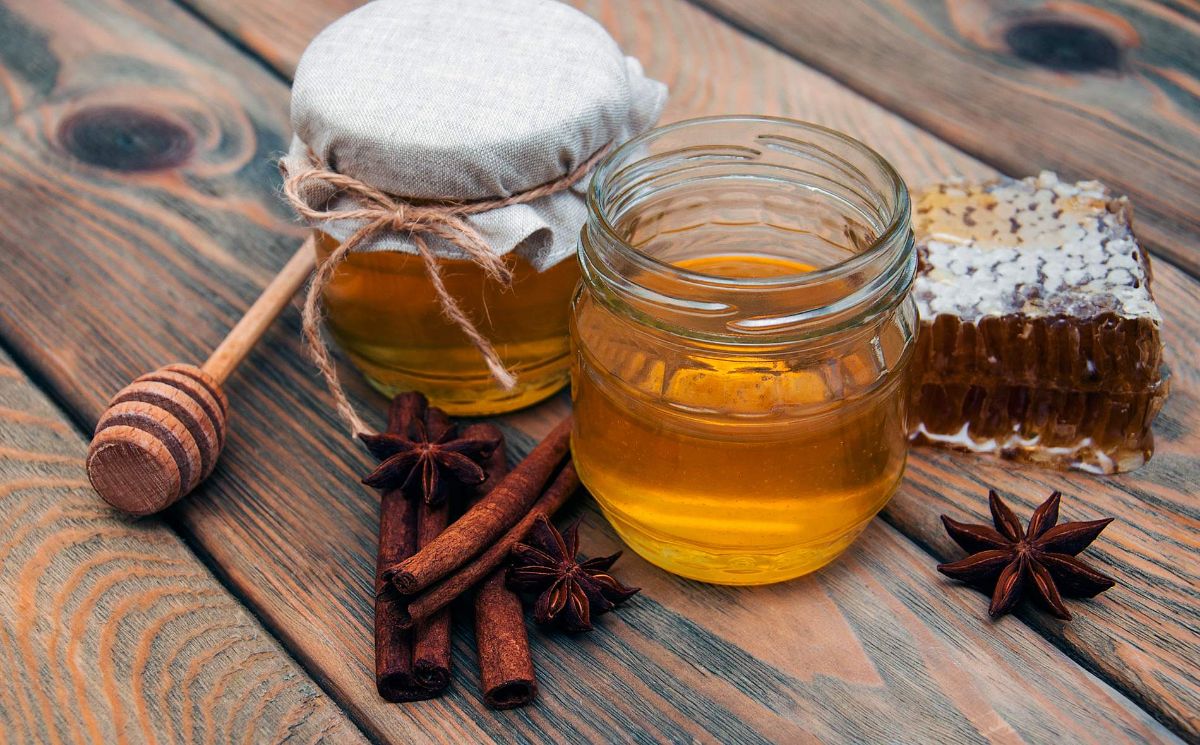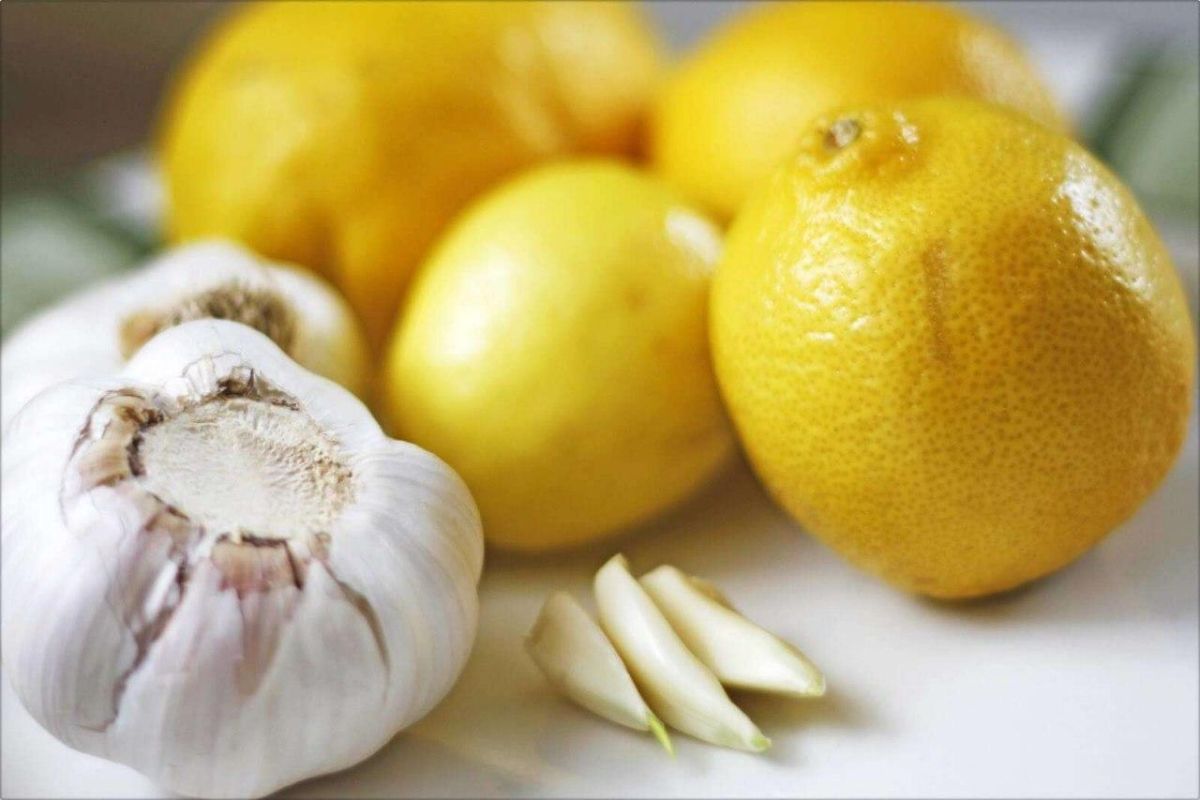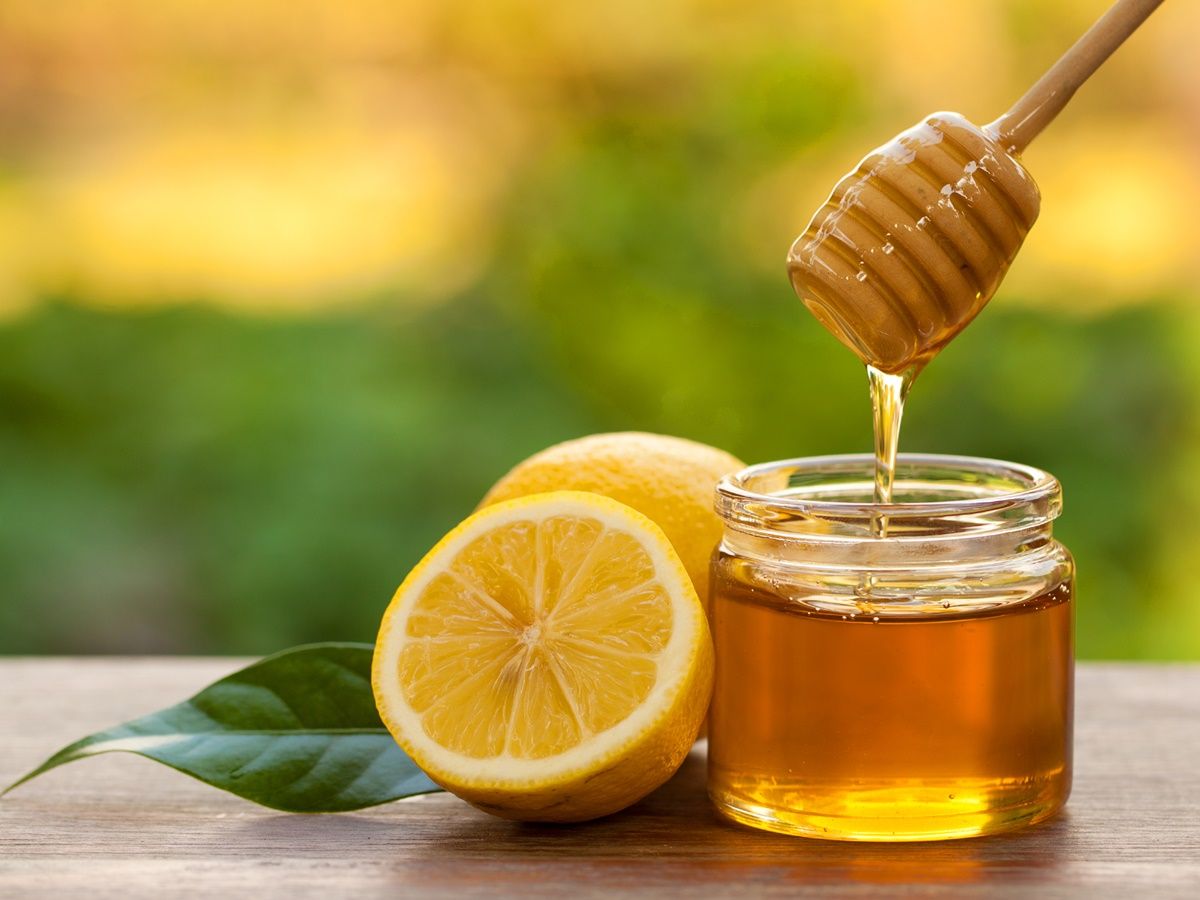10 ways to check the naturalness and quality of honey
Honey is a useful, but quite expensive product. That is why it is often forged. It can be diluted with a glucose solution, corn syrup or other syrup, or even pass off as honey a sugar solution with dyes and flavors.
To get the maximum the benefits of honey , you should carefully approach its choice on the shelves. Distinguishing natural and high–quality honey from fake is a rather difficult, but doable task, even at home.
10 tips and ways to check
Below are 10 methods by which you can check the naturalness and quality of honey.
1. Appearance
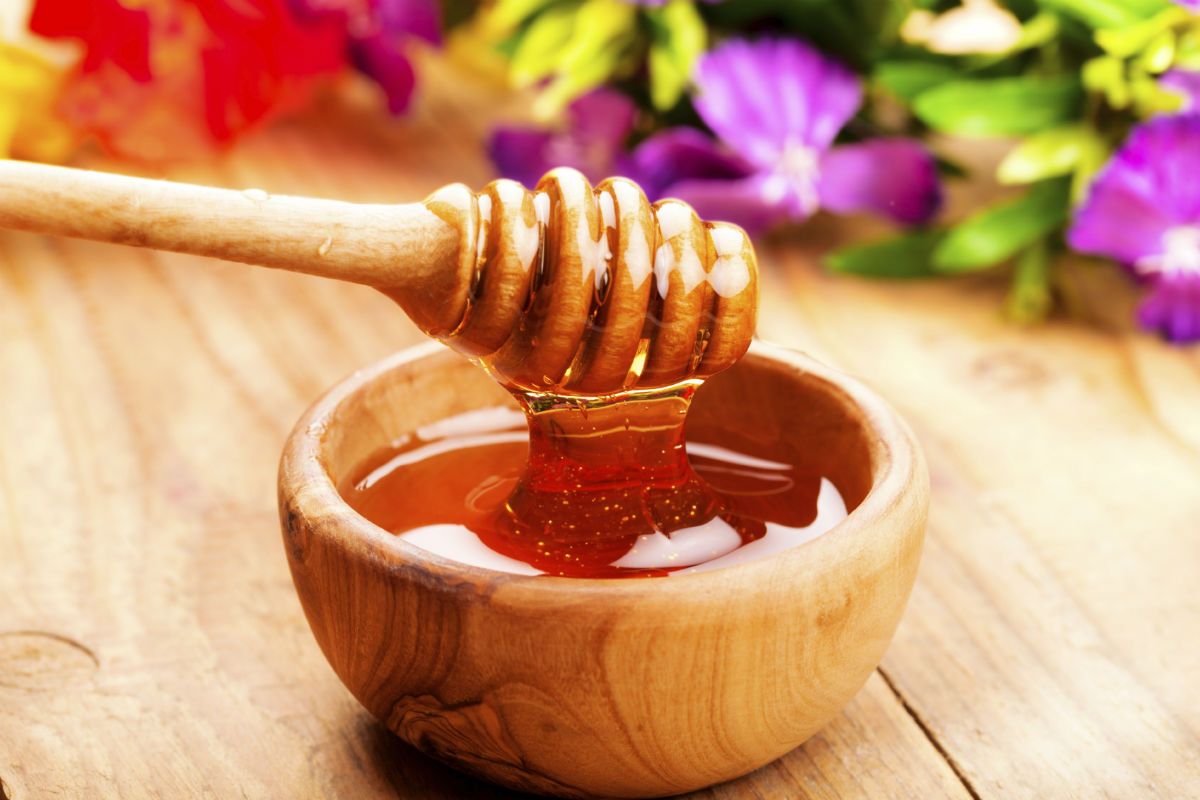
The color and aroma of honey can be different (depending on the pollinated plants and the habitat of bees).
High-quality honey should be thick and when poured from one jar to another should form a folded slide.
With high humidity in the environment (where the hives were located) or poor-quality harvesting, a hole or even a flat surface will form, since the product contains more than 17-21% water.
The presence of extraneous chemical tastes and odors is a sign of a fake product (however, there is an exception – real fake honey pulls the throat and has a taste of medicines).
Which honey is the most useful – see in a separate article →
2. Consistency
Installed that natural honey is always thick. However, some species may differ in density. Normally, the following natural varieties can be liquid:
- Acacia. Remains liquid for up to 3-5 years (resembles vegetable oils), then begins to thicken, but does not crystallize.
- Fake. Remains in a liquid consistency for up to 2-4 years. Then it gradually thickens, acquiring a snow-white color and the consistency of butter.
- Chestnut. It will be in a liquid state for up to 6 months, then it will be candied, but the color does not change. The crystals gradually increase in size during the first 1-3 years.
- Donnikov. Remains in its original state for up to several years, then "settles down".
3. Candying
Real honey, like claim experts, it should gradually, over time, be candied, that is, form small crystals, the size of which gradually increases (fine-grained, coarse-grained, greasy).
Sugar syrup, which is used to fake honey, never thickens, and crystals do not form in its thick.
4. Specific gravity of honey
1 liter of high–quality honey is not 1 kg. The density of honey significantly exceeds that of water, therefore, volume and weight are not equal to the same value.
Normally, honey contains no more than 21% liquid, and a liter of the product has a specific gravity of about 1.42-1.45 kg. Individual representatives (for example, heather honey) have a weight equal to 1.6 kg / liter.
It turns out that 1 liter of honey should weigh at least 1 kg 400 grams. If the weight is significantly lower, then the beekeeping product is diluted with water or has an unnatural origin.
5. Good beekeepers have a meager assortment
Each bee collects honey within a radius of 4-6 km from the apiary. Additionally, certain vegetation should be observed in this area (for example, clover or sunflowers).
If a beekeeper offers you a large number of varieties of honey (more than 5-7), then most likely some of the honey is not natural, since it is not possible to physically contain such a number of hives.
It is also worth paying attention to the geographical origin. The main regions in Russia where honey is harvested are: Rostov, Volgograd, Voronezh, Krasnodar, as well as Altai and Bashkiria. If the beekeeping product has a different origin, it is most likely overbought or not natural.
6. Iodine Test
To detect flour or starch in honey, which are often added to give adulterated products a natural appearance, a simple test can be performed:
- Dilute a small portion of honey with water (1:1 ratio).
- Add a drop of iodine and mix. Wait 3-4 minutes.
If the resulting composition has acquired a blue color, then the honey is fake.
7. &171;Genetic Memory&187;
You can check the authenticity of a natural product with a simple saucer. To do this, mix a small amount of honey and water (in equal proportions) and spread on a plate.
After a few seconds, the composition will take a hexagonal shape (like a honeycomb). This property can be easily checked at home.
It is assumed that this is the same genetic memory of honey. However, this method has no scientific basis and is uninformative.
8. Water test
To determine the quality, you will need:
- Teaspoon;
- A small amount of honey;
- 1 glass filled with water.
It is necessary to take 1 tsp of honey and immerse it in a glass of warm (room temperature) or cold water. When checking, pure honey will sink to the bottom in the form of one large or several small lumps. The fake will immediately dissolve in the liquid.
Similarly, you can place the product on a white cotton cloth or paper – it will not be absorbed.
9. "Trial by Fire"
An important criterion of authenticity is the maintenance of gorenje. To check, you need to dip the match slightly in honey and set it on fire (on the edge of the box or with a lighter).
If gorenje is not observed, honey is saturated with moisture, which indicates a violation of the rules of collection, storage and transportation, or the beekeeping product is adulterated.
There is also a modification of this test – using a wire. To do this, it is recommended to take any metal wire, heat it under an open fire (gas burner, lighter), and then immerse it in honey for 10 minutes. If the surface of the wire is covered with a sugar–like mass, the grade is of poor quality.
10. Heat test
An easy way to check the quality is to heat a small portion in a frying pan. Natural varieties caramelize quickly and do not foam. Counterfeiting can splatter or form bubbles, which indicates the presence of refined sugar or other substances added to reduce the cost.
How not to spoil after purchase?
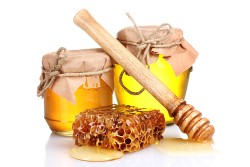 The issue of storing and using a beekeeping product is always relevant. Consider the simple rules:
The issue of storing and using a beekeeping product is always relevant. Consider the simple rules:
- Packaging. Honey should be stored in a glass container with a hermetically sealed lid. Any metal container is oxidized, which can lead to loss of useful properties.
- Storage conditions. Ideally, honey should be stored in a dark and cool place (from 5 to 15, maximum – up to 20 degrees).
- Storage duration. The shelf life of any variety, subject to the rules of storage, is unlimited.
- Submission rules. In no case should honey be added to hot tea, coffee and other beverages. At temperatures above 60 degrees, it practically does not change its organoleptic properties, but loses most of its vitamins and minerals. That is why it is impossible to heat candied honey to improve the taste and fluidity.
For more information about the proper storage of honey, see here →
Conclusion
- Thus, it is quite simple to detect fake honey, even not in a laboratory environment.
- You can apply only a few tests or samples to get a reliable result and make a decision about the level of confidence in the manufacturer and the quality of the product.
- Most of the differences can be detected even with the naked eye at the first contact with honey: mass and volume, density and fluidity, taste and aroma.
